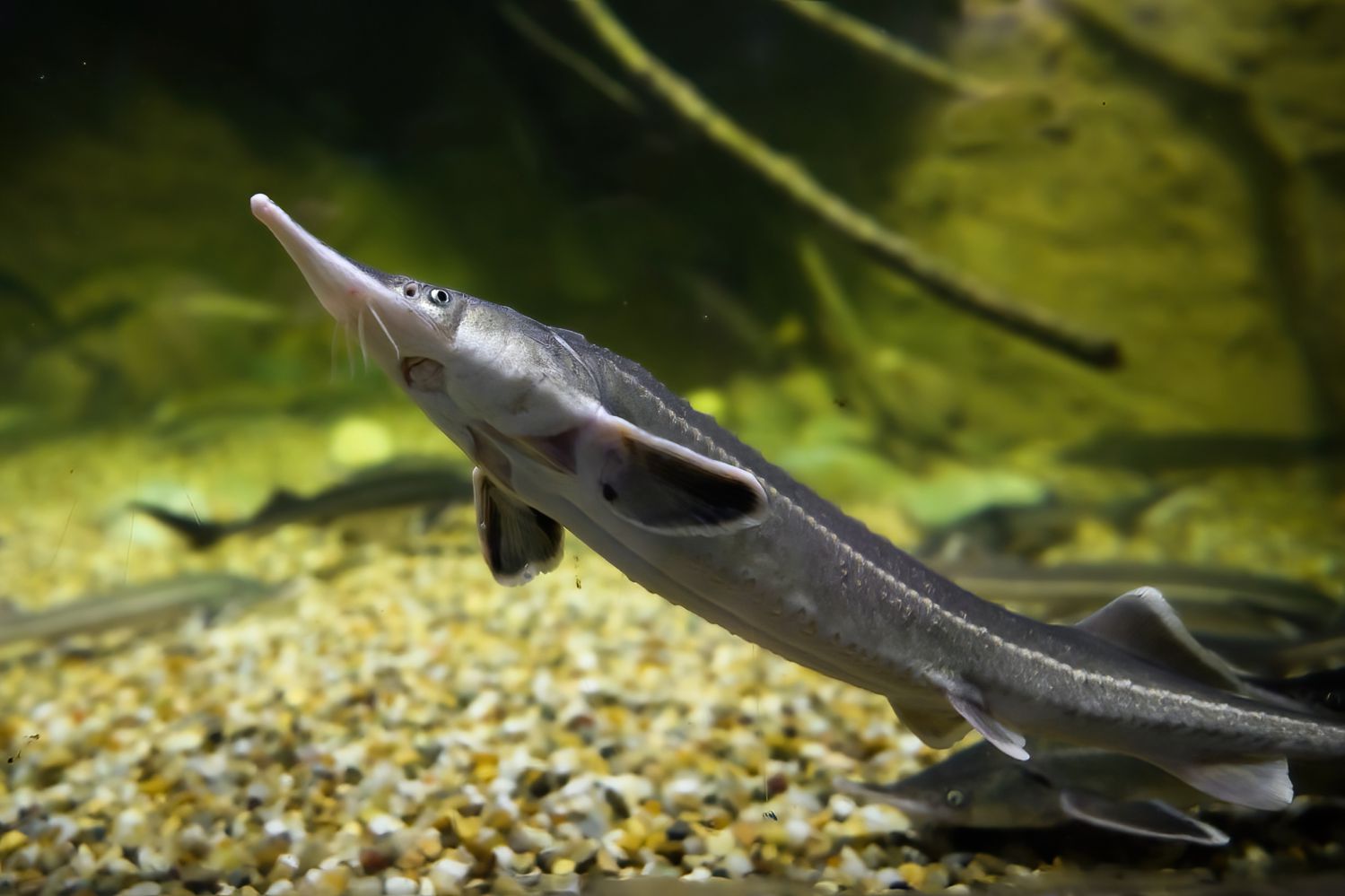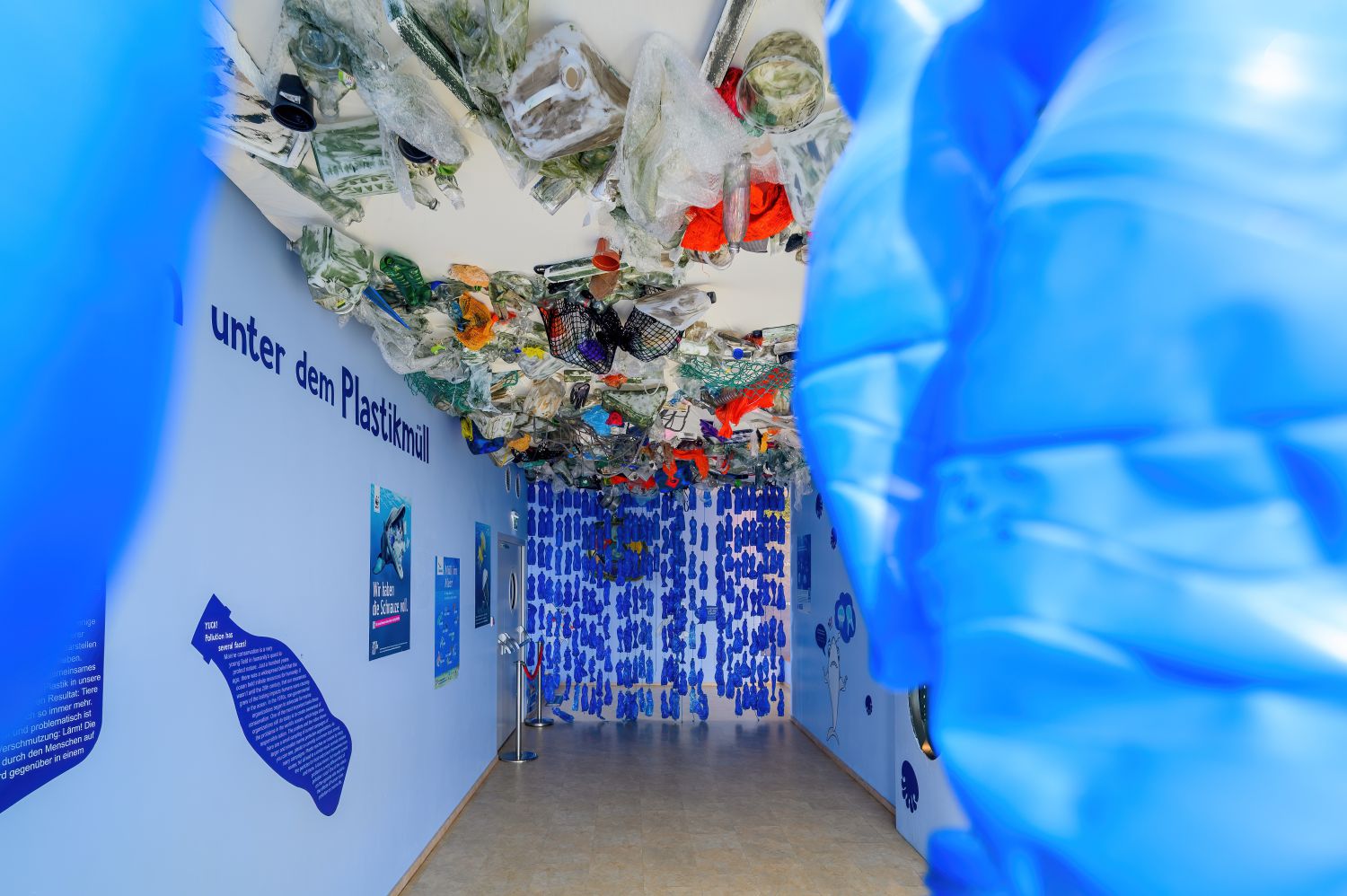Floor 6
Our local sturgeon project and the marine conservation exhibition "We and the Sea" ("Wir und das Meer") await you on the 6th floor.
Haus des Meeres is home to fish from all over the world, and even local fishes have their place here. In collaboration with the LIFE-Boat 4 Sturgeon project, a sturgeon breeding exhibit has been part of the zoo since July 2024. Approximately 40 young sterlets are expected to serve as parent fish to sustain the sturgeon population in the Danube. The offspring will be released into the Danube as part of the project. By the end of the project in 2030, more than 1.6 million young fish will have been released into the Danube.
Sturgeon are considered the most endangered group of animals worldwide; habitat loss, blocked migration routes, and illegal fishing for caviar consumption are significant threats to their survival. With the LIFE-Boat 4 Sturgeon project, international project partners aim to save the remaining four sturgeon species in the Danube: sterlet, waxdick, stellate sturgeon, and beluga sturgeon. From 2022 to 2030, six measures are planned to help bring these sturgeon species back from the brink of local extinction.
Need a change of perspective? Then follow us to our marine conservation exhibition! When you visit “The sea and us” you can “dive“ deep down into the underwater world: Our marine conservation exhibition deals with marine use and marine pollution. The Haus des Meeres wants to show how much each of us can do to contribute to the protection of the oceans. A big and recurring topic is of course garbage, especially plastic waste. The "garbage vortex" allows you to feel like a fish under a carpet of garbage floating on the ocean’s surface – impressive and oppressive at the same time. Throughout the exhibition, care was taken to use materials that would have accumulated as waste in the course of day-to-day operation at the Haus des Meeres. It is therefore not surprising that recycling and upcycling can be found as important focal points at several stations.
Also on level 6 is the Blauer Kreis (Blue Circle) Nursing Station – a kind of shelter for confiscated and abandoned reptiles.

